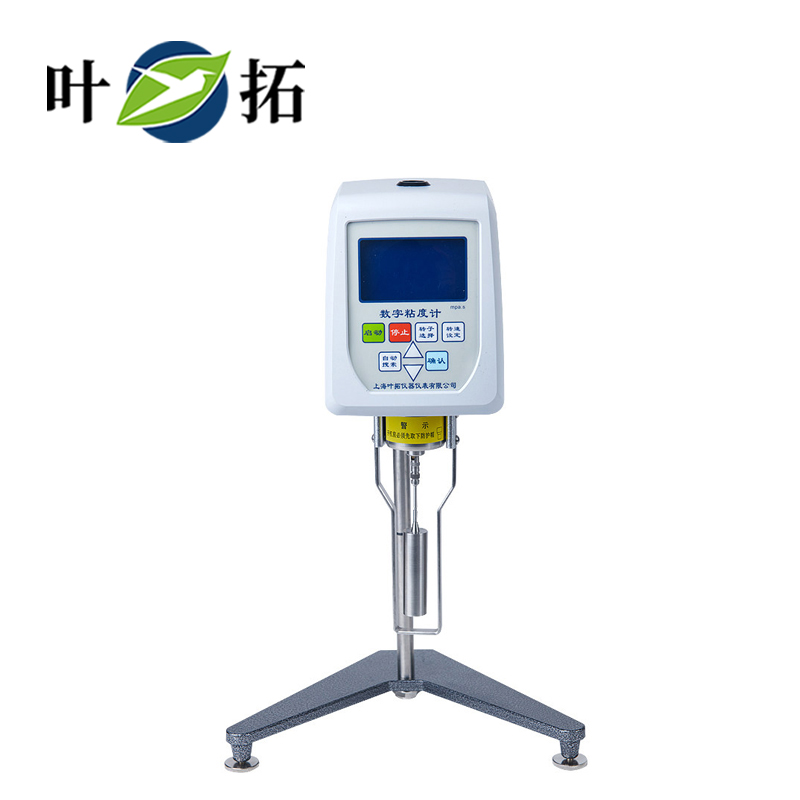The principle of viscometer:
The Shanghai Yetuo viscometer is an instrument used to measure the viscosity of liquids. Viscosity is the ability of a liquid to resist flow, which is related to the viscosity of the liquid. The principle of a viscometer is based on the flow properties of liquids under force.
Classification of viscometers:
Rotary and Swing Viscometers: Rotary viscometers measure viscosity through rotation, while swing viscometers measure viscosity through swinging motion.
Digital and Analog: Digital viscometers directly output digital results, while analog viscometers use dials or pointers to represent measurement results.
Correct usage method:
Calibration: Regularly calibrate the viscometer before use to ensure accuracy.
Appropriate selection: Choose the type of viscometer suitable for the liquid being tested. Different types of viscometers are suitable for different ranges of viscosity.
Preparation of samples: The samples should be prepared to ensure that there are no bubbles or particles to prevent interference with the measurement.
Temperature control: Viscosity is closely related to temperature, so ensure that the sample and viscometer are at a stable temperature before measurement.
Measurement: Follow the instructions for using the viscometer to ensure accurate measurement of viscosity.
Cleaning and maintenance: After use, clean the viscometer promptly to prevent cross contamination and perform regular maintenance.
Avoid excessive torque: If using a rotary viscometer, make sure not to apply excessive torque to avoid damaging the instrument.
Avoid vibration: The viscometer should be placed on a stable surface during use to avoid vibration and interference with the measurement.
Record data: Record all relevant measurement data, including temperature, pressure, and other factors that may affect viscosity.


 Alibaba Store
Alibaba Store Tmall Store
Tmall Store Jingdong Sstore
Jingdong Sstore







